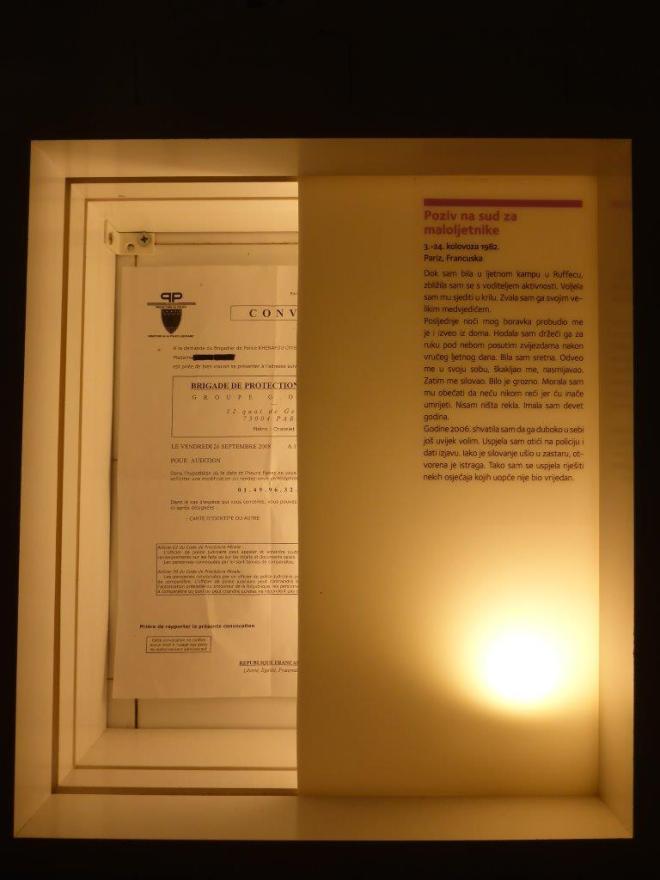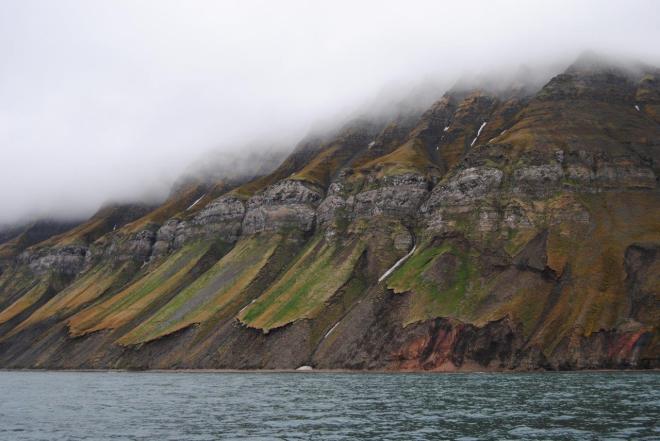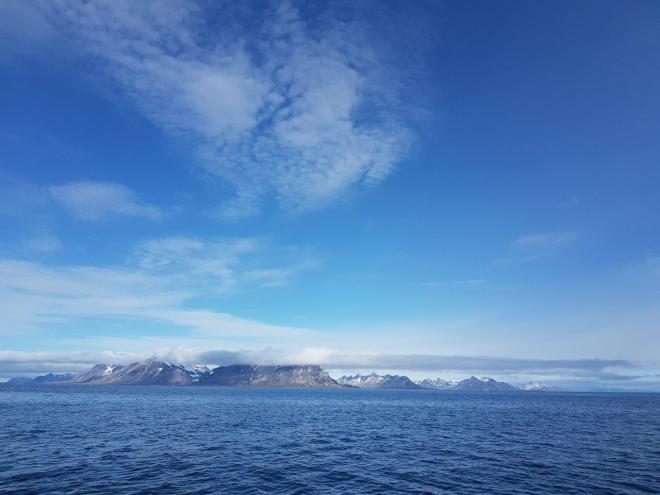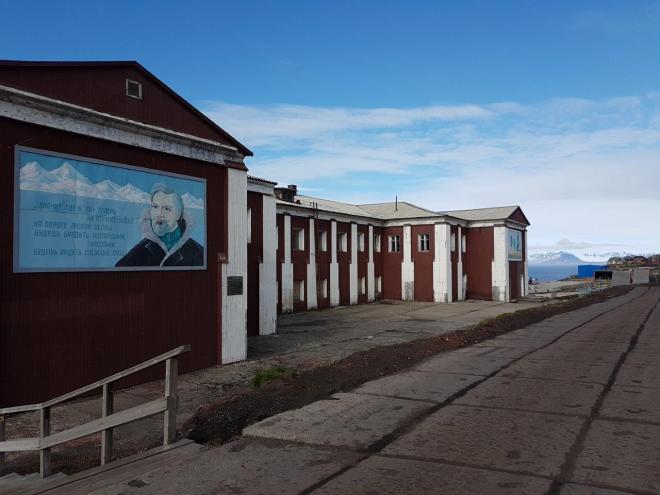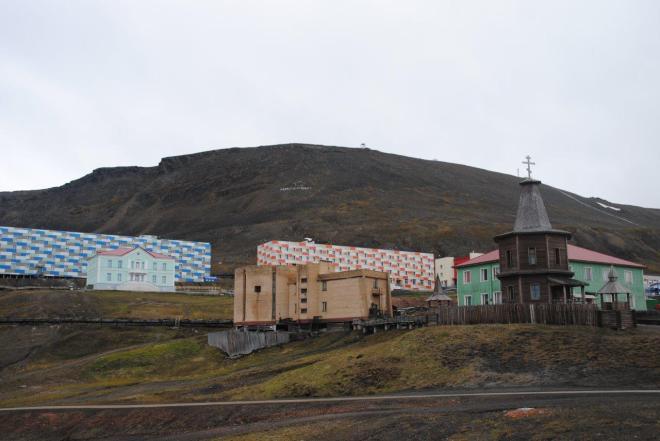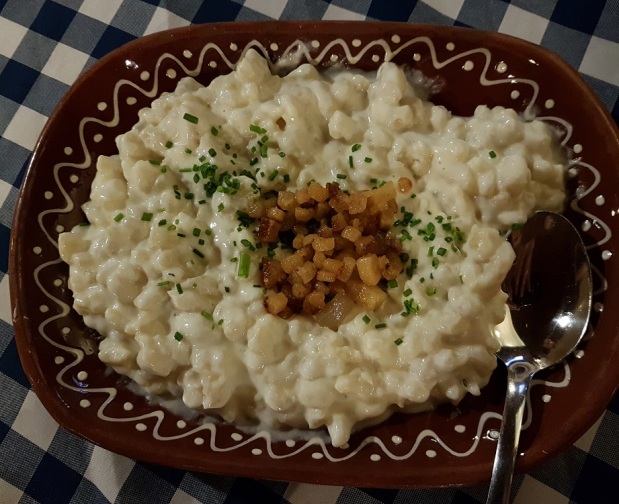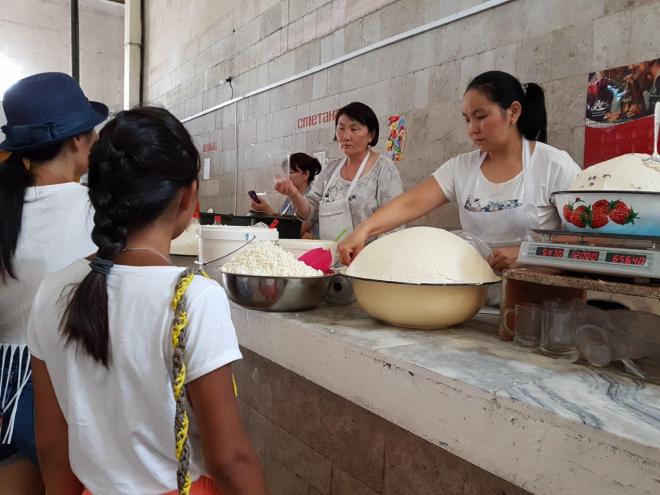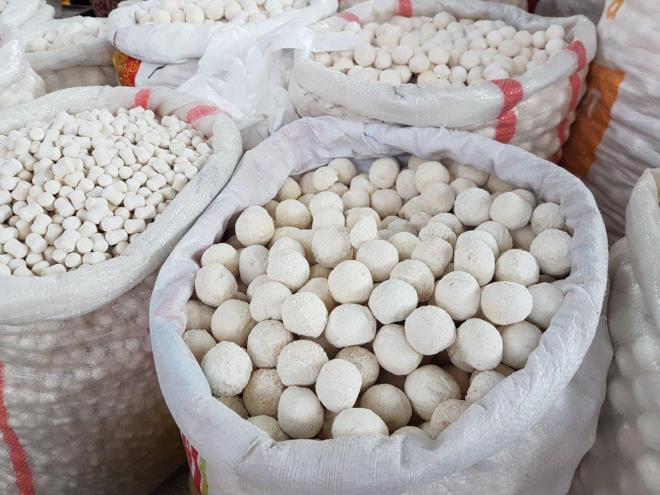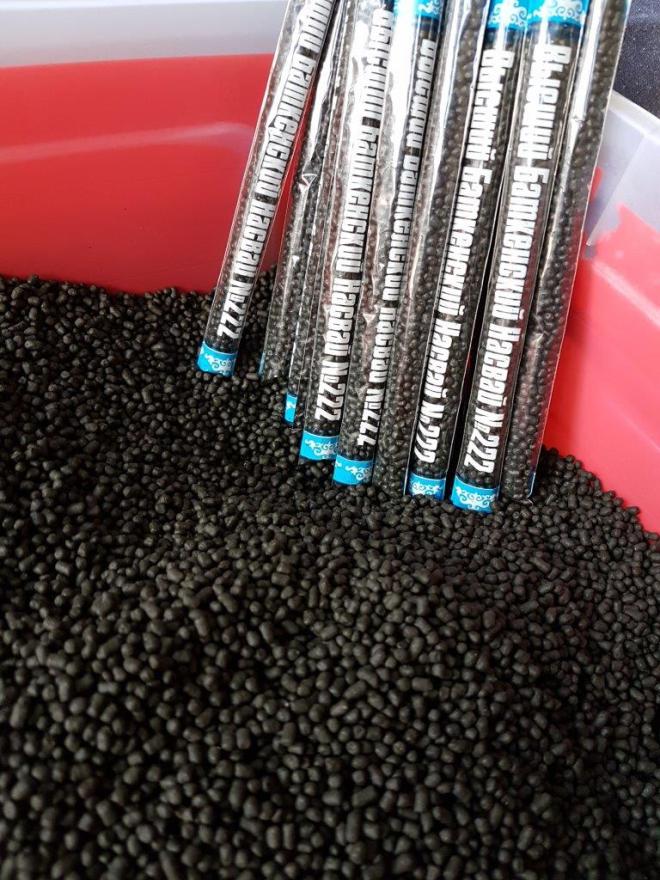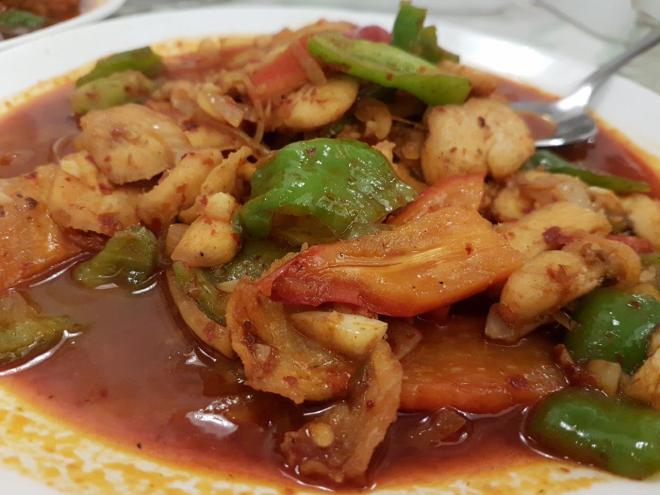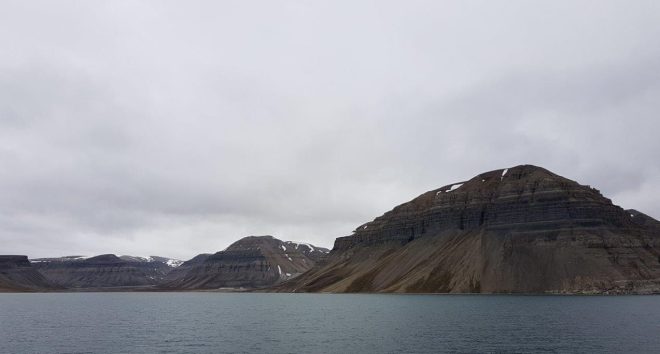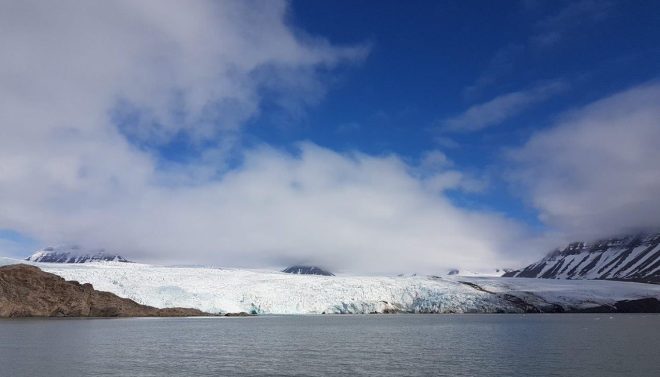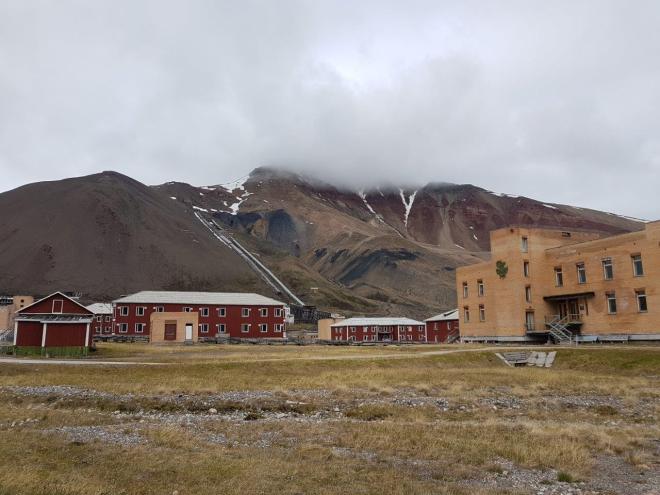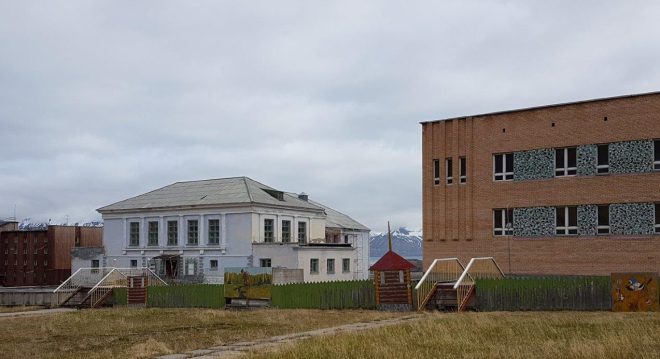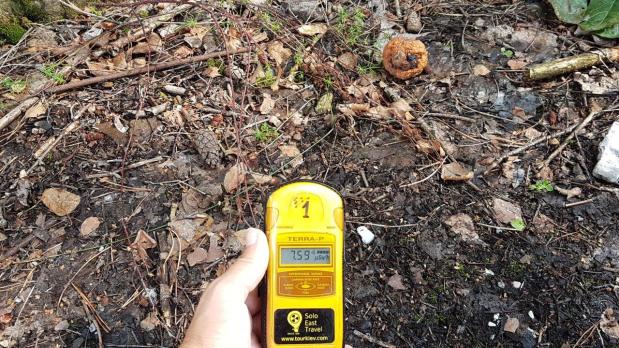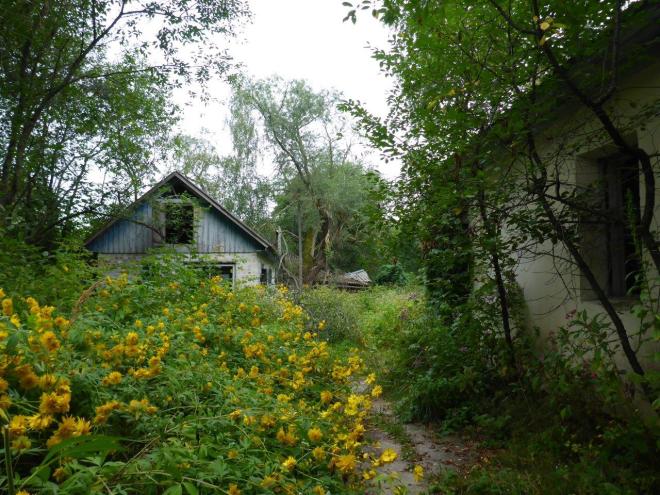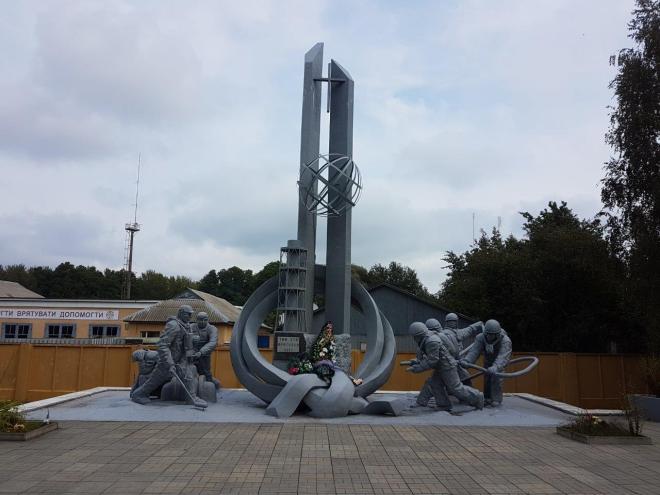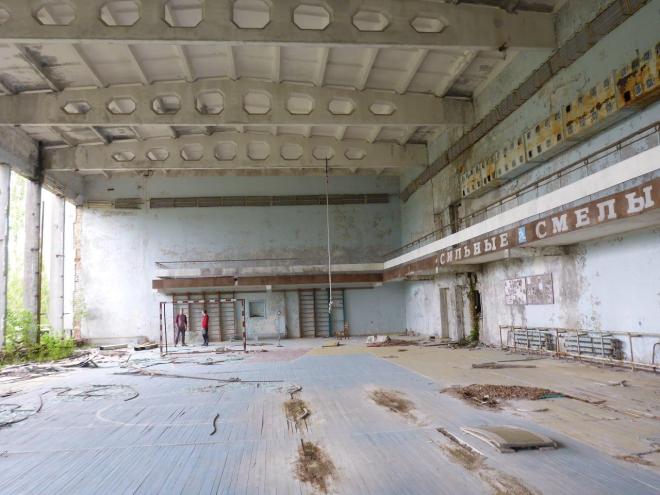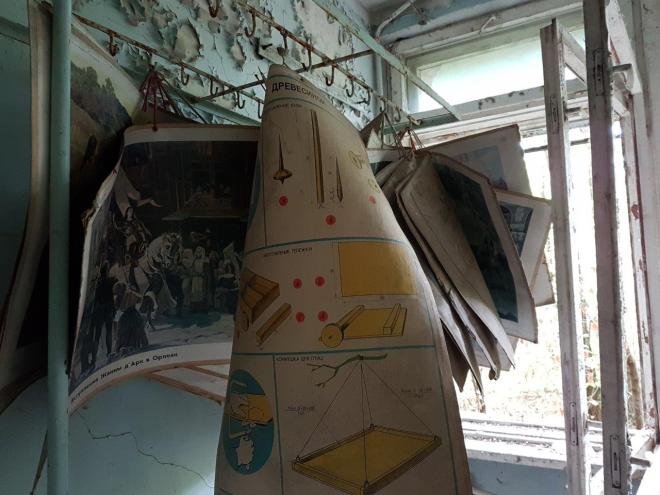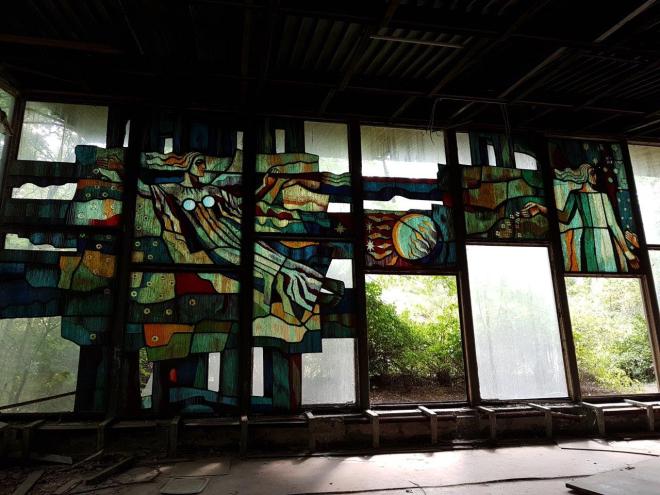The horse stood outside the house ready for me. I was a bit unsure if I was ready for him, it had after all been 10 years since last time I sat on a horse. I was happy though to see that my saddle was patched with a pillow, to ease the pain a bit.
I must admit that I struggled a bit getting myself up in the saddle at the first try. My guide Kalybek just smiled and made me try again, this time with greater success. Starting slow, the village houses were replaced by lush green fields, and I could see why Kyrgyzstan has a reputation of having beautiful nature. Crossing a river and resting in the shade, with Kalybek’s dog loyally followed our every move.


I rode through the fields on a horse with no name. At least Kalybek did not know it at that time. Maybe that is why it decided not to obey me, since we were not acquainted. And yes, I got that song stuck in my head, even though I rode through green plains rather than a desert.
Starting slowly uphill in the valley, the nature reigns. The sun was shining from the clear blue sky, and the only thing I heard was the rhythmic sound of hooves against the ground, and insects singing. Getting further, the sound of the stream took over.
As you probably figured, my horse was not too keen on moving fast, but at least it was slowly, but steadily moving towards the goal.
We rounded the ridge and a small yurt camp appeared on the green plain, bathing in sunlight. After 3.5 hours, both my horse and my butt were happy to get a break… As an attempt to reduce the risk of stiffness, I stretched a little before walking around the camp. The lighting was beautiful, and it all looked like an idyllic postcard from the time I was crazy about horses as a little girl. The herd of horses grazed with the beautiful mountains as backdrop, in harmony with the cows.

My first yurt camp. What a picture perfect place to spend the night!
The two ladies living in my small yurt camp started making dinner. While the food was boiling, they grabbed two buckets and walked towards the horses. I sensed what was in store, and followed them. The horses with foals were milked one by one, and within no time, the bucket was full of mare’s milk. Back in the dining yurt, the milk was mixed in a barrel with mare’s milk that was already fermented.
Dinner was served, starting with bread and many kinds of jam on the table, followed by a stew of potatoes, cabbage, carrots and some sheep meat. And tea. Lots of it. And eventually the kumis – fermented mare’s milk. Wondering what it tasted? My first thought was smoked cheese.

A tea bowl filled with kumis.
Rise and shine
The night on the thin mattress was surprisingly comfortable. I will not lie, I did not sleep like a princess, but it could have been worse. My biggest worry was that I thought I would be cold, but I actually woke up sweating! The good thing about waking up several times, was that I could enjoy the simulated stars by the light coming through the tiny holes in the yurt roof. First by the bright light of the almost full moon, then by the sunlight.
After breakfast, it was time to get back in the saddle. Though in a different one. Since the-horse-with-no-name and I never became best friends, Kalybek asked me to ride his horse, Buurul, instead. It worked like a charm, and we headed up the mountain with the dog as a loyal companion.
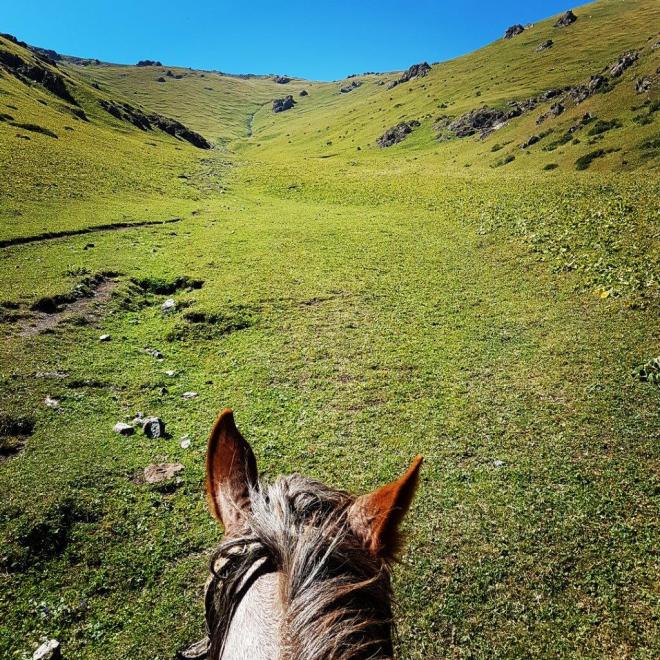
Along the way we met a man with two extra saddled-up horses, and tagged along with him for a while. When we at a later stage met some hikers and he offered them to rent the horses, I understood why. It was a match made in heaven for them after a steep hike in the hot sun.

Digital detox
Arriving at the top of the mountain, we could see the blue lake Song-Kul ahead of us, completely still, reflecting the mountains at the far end. Then I heard the beeps. Kalybek’s phone receiving messages, meaning mobile reception. My phone had been in flight mode since we left the village, and I was originally planning to leave it like that until we were back in the civilization. But I cracked. So much for digital detox… The mountain top was later named Wifi-Mountain…

View of Song Kul from the top of the mountain.
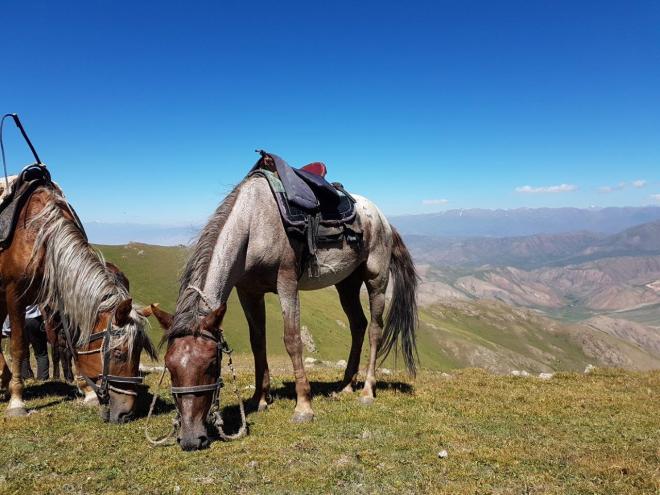
Kalybek had told me we would meet up with a friend of him, and it turned out that he was the guide of a nice Dutch couple, Tess and Julian, that I had met earlier in Bishkek! Teaming up with them, my horse found a new best friend, and followed Julian’s horse’s every move.


Arriving at our yurt camp close by Song-Kul, we had lunch, before the water of the lake was luring us to go swim. Being up at 3000 m, the water was refreshing. While laying on the pebbles drying in the intense sun, a flock of horses came to drink along the shore.



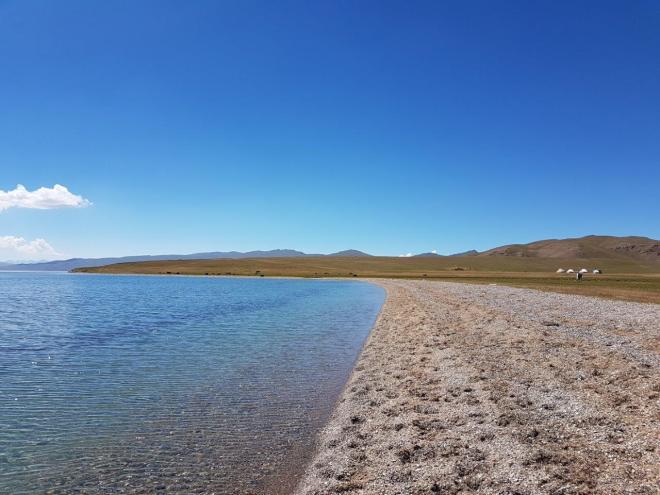
The beach and our yurt camp.

Second round of kumis
Kalybek’s family stayed in another camp nearby, so we got back on the horses to go visit them. We found them at the beach enjoying the sun. And kumis. The fermented mare’s milk is to be found everywhere in the yurt camps, and is very popular. I of course had to have a few sips of the sun-heated milk while looking out on the beautiful scenery by the cold lake.


Following them back to their yurt camp, I also tagged along to witness the milking process again. And to help mixing the milk with the bishkek afterwards.


Mares milk.


Back at our camp, we walked up the hill to watch the sunset after dinner. When the darkness came, most of the others went to bed, while I sat outside for a long time, just enjoying the silence, watching the full moon reflecting in the water, listening to the flag blazing in the wind, with the head of the dog laying on my lap demanding to be petted.




Waking up in paradise
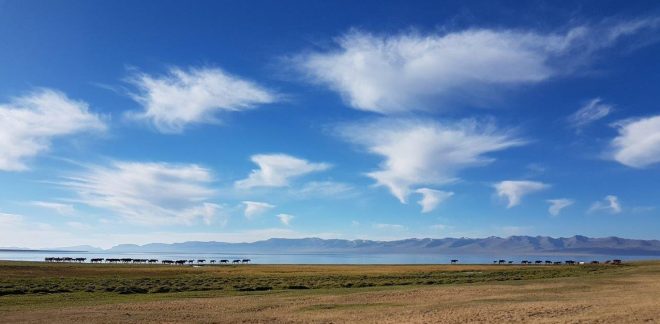
Morning mood by Song Kul lake.


Kalybek and his horse. And the loyal dog Laika.
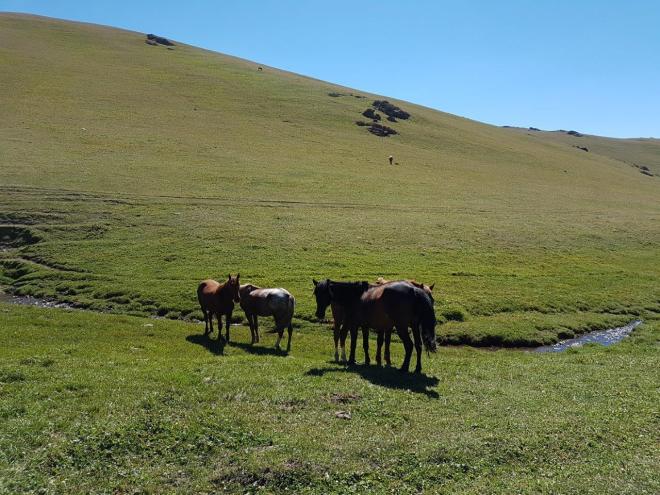
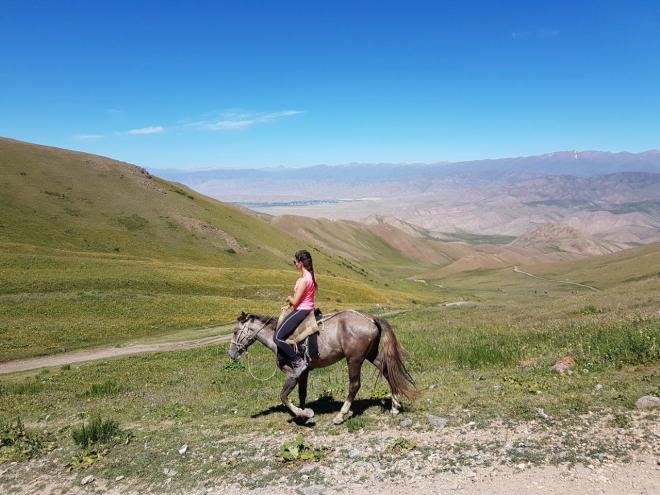
What goes up, must go down… It does not look steep, but I can promise you it was…
I went through different stages of enthusiasm during the trip. About an hour in on the ride the first day, I was wondering how I would be able to make it through the rest. The second day I believed I could do anything, and that a few extra days would be a piece of cake, even riding an extra leg to visit Kalybek’s family. The last day started good, even galloping a bit through the plains and up the mountain. Then it was only downhill from there. Literally. I must admit going steep downhill was not my favorite, but luckily, I got used to it quickly, and Kalybek and his friend made sure we got down all right. Riding through the village, I was looking forward to having my feet back on solid ground again. Don’t get me wrong, it was just the perfect amount of time to enjoy myself, but not feeling that I should have gone on for an extra day.
And even if you do not have any skills with horses, I absolutely recommend this experience, fully enjoying the beautiful nature in Kyrgyzstan.
Booking:
I booked the horse trip one day in advance, through Apple Hostel. As I was alone, I paid 11.600 som for the three days. This included the horse, guide, 2 nights’ accommodation in yurt, 3x lunch, 2x dinner and 2x breakfast. If you are two or more people, the price goes down per person.
How to get there:
Apple Hostel is conveniently right next to the West bus station. Take bus number 514 to Kyzart from the far end of the bus station, on the side of the station building. Buy the ticket from the ticket office, price per person is 300 som. The first bus start to fill up at 7 in the morning, and leaves when it is full. When the bus leaves, you ask the driver to call the guide that will pick you up before you reach Kyzart, both to let him know approximate arrival time, and what intersection to drop you off. As I had bought a local sim-card (it is super cheap!), I used my own phone to call.
What to bring:
This of course depends on the season and weather. If it is sunny, the days are quite warm, so I wore shorts and t-shirt. I did however put on pants after the first day, as my leg got sore after rubbing against the straps for the stirrups. Evenings and nights get cold as it is quite high altitude. Based on my experience, here is my suggestion what to bring:
– Fully changed camera and phone for taking lots of pictures
– Extra power bank to charge your phone to take more pictures
– Headlight for the dark nights
– Wet wipes
– Sunscreen
– Full water bottle(s)
– Thermal underwear
– Woolen sweater
– Warm light down jacket
– Trousers with zip on/off legs so it can also be used as shorts
– One extra t-shirt
– Swimwear for the refreshing lake Song Kul and a sarong as towel
– Flip-flops
– Woolen hat and woolen gloves
– Waterproof poncho (you never know…)
– Underwear
– Toiletries
– And last but not least; a medium size backpack to pack the things above.
You can leave the rest of your luggage at the guesthouse where you start your trip.
I did not need to use the rain poncho or the hat and gloves, but I would absolutely bring them just in case. In the night I was sleeping in my thermal underwear, but it ended up being too hot, so I took my blanket away for a while to cool down.
Again, this is only based on my experience. Check with the guide about the current conditions for your trip, and pack accordingly.

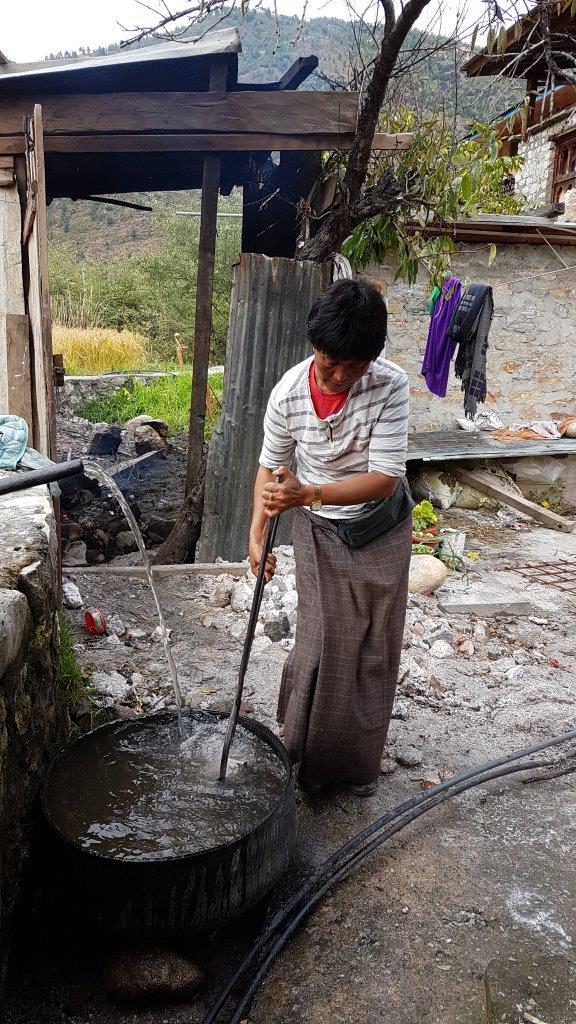







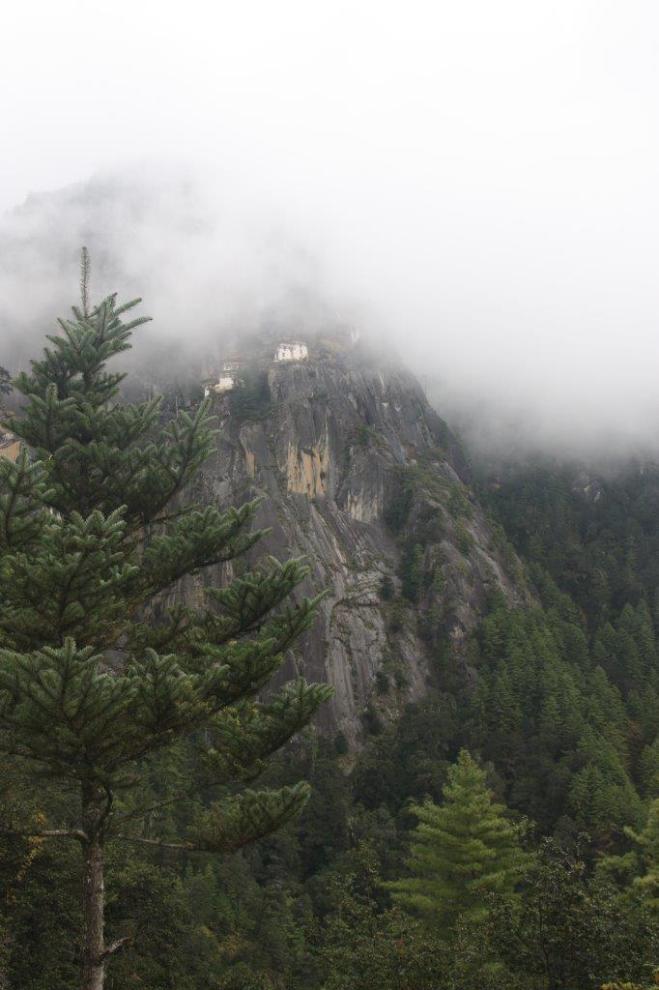


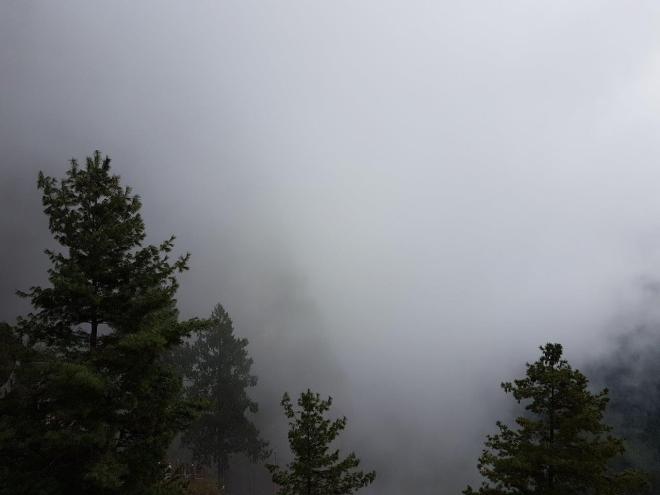



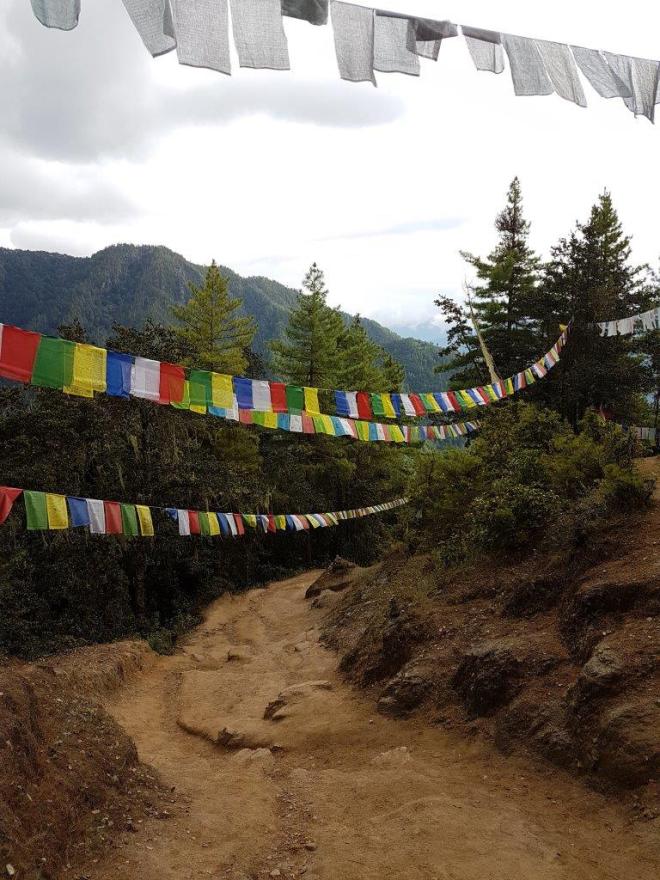
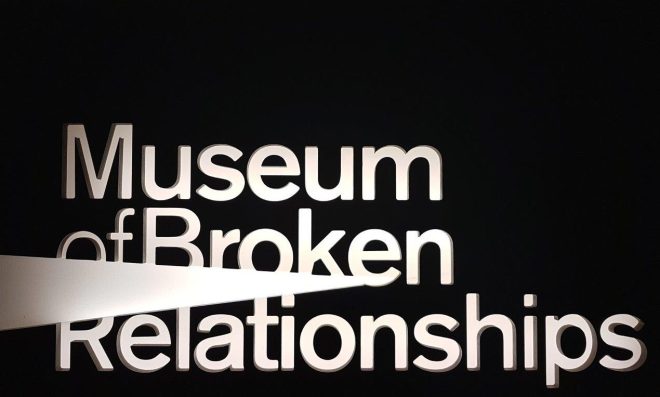 The
The 

